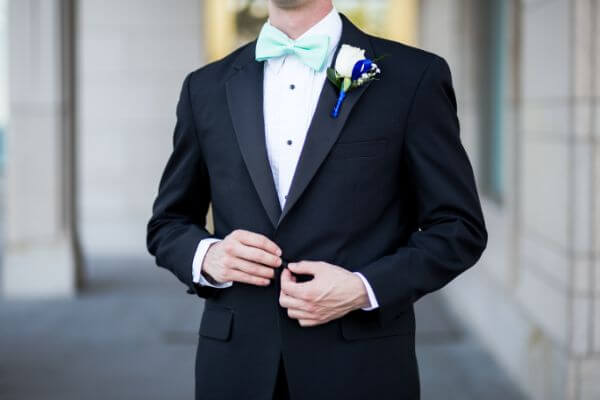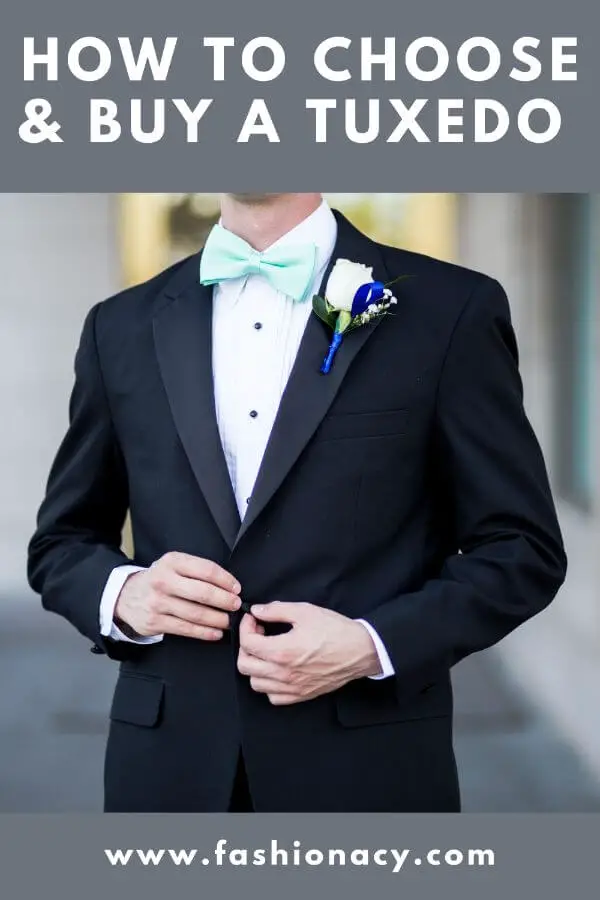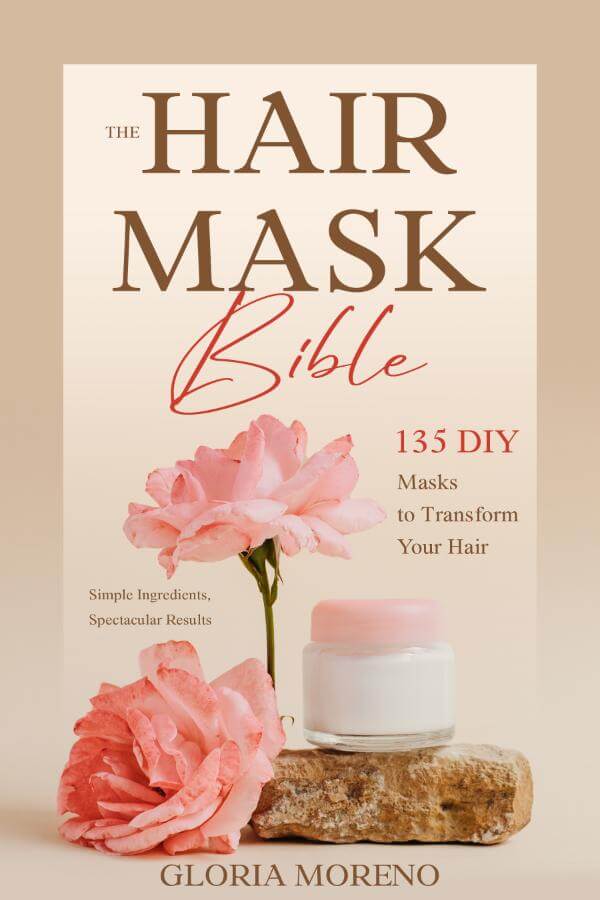
If you’re going to buy a tuxedo, you’ll need to make some important judgments about a few specific stylistic features.
These are crucial to notice since they have a significant impact on the look, feel, and overall vibe of your tuxedo.
I’ll go through ten specific tuxedo details you need to know when buying a tuxedo in this article.
I’ll explain the terms you’ll need to know, lay out the different options available to you, explain why you might choose one over the other, and offer you some pointers on what to look for and what to avoid.
I’ll quickly turn you into an expert in this area so you can make decisions that reflect your personality and personal style.
As a result, you will not only look fantastic in your tuxedo, but you will also feel at ease and confident.
Table of Contents
Lapel Style
I’ll start with the tuxedo jacket, and the first thing to think about is the lapel style.
A tuxedo’s most noticeable element is the lapel. There are three different types of lapels to choose from:
- a notch lapel
- a peaked lapel
- a shawl lapel
A peaked lapel is a type of lapel that stretches upwards and forms a peak that points to the shoulders. As a result, the name “peaked lapel” was coined.
This is the most classic and timeless option for a tuxedo jacket. There is never a wrong choice.
A shawl lapel has a rounded shape, and while it has the same level of elegance and formality as a peaked lapel, I believe it has a somewhat more relaxed sophistication.
A shawl lapel is an excellent alternative if you want a relaxed yet sophisticated look.
In today’s tuxedos, a notch lapel is uncommon. It’s one of the most popular and adaptable suit jacket lapel styles.
However, it doesn’t quite match the level of formality and elegance of a tuxedo in my opinion. As a result, it is not an option I would recommend.
Lapel Fabric
The fabric of the lapel is the second detail.
You have two choices: satin or grosgrain.
A satin lapel will appear smooth and shiny, whereas a grosgrain lapel will appear textured and less shiny since it is somewhat ribbed.
There is no wrong decision here because both of these lapel fabric alternatives are absolutely classic.
If you go with a shawl collar, though, you’ll want to go with a satin lapel.
Lapel Width
The third detail is the lapel width.
The width of your lapel should be proportional to two things: your body width and your facial width.
So, if you’re a bigger person, your lapel should be bigger, and if you’re a smaller guy, your lapel should be smaller.
This is critical because, in order for a tuxedo to look right, everything must be balanced, and nothing can throw that balance off more than an incorrectly sized lapel.
Wearing a jacket with a narrow lapel is one of the most common blunders I see people make.
The safe zone for an appropriate lapel width for a peak lapel is three and a half to four inches, and three to three and a half inches for a shawl lapel.
Single vs Double-Breasted
The fourth detail is determining whether to wear a single-breasted or double-breasted jacket.
Your most classic, traditional, and conservative option will be a single-breasted jacket. Whatever you do, it’ll look great.
A classic double-breasted jacket with overlapping fabric and two sets of buttons is also a must-have. It does, however, have a more official aspect.
In the end, it’s a matter of personal preference, personal style, and, most crucially, personal comfort zone.
If you’ve never worn a double-breasted jacket before and are undecided, I recommend going for a single breasted jacket.
You want to feel comfortable and confident on your wedding day, and if you’re doing something new and out of your comfort zone, it will effect how you conduct yourself.
Pocket Style
The pocket style is the fifth detail. For a tuxedo, there is just one pocket style that is acceptable: the jetted pocket.
In comparison to the flat pocket or the patch pocket, a jetted pocket is just a very simple and clean line.
The trim on the jetted pockets should match the lapel fabric.
Buttons
The buttons, or should I say the button, are the sixth detail.
A single breasted tuxedo has only one button, although typical suits have two or three buttons. A double-breasted tuxedo with a peak lapel with four or six buttons is also appropriate. Two or four buttons on a shawl lapel.
The buttons face or the fabric that surrounds the button, just like the pocket trim, should match the fabric of the lapel.
Jacket Vent
The jacket vent is the seventh detail.
The opening on the bottom rear of the jacket is referred to as a vent. For jacket vents, you have three options:
- no vent
- a single vent
- a double vent
The most classic and old school choice is a jacket with no vents.
The term “single vent” refers to a single slit in the center. It’s unusual for a tuxedo jacket and not something I’d recommend.
The most current and up-to-date option is a double vent with openings on both sides.
So, if you’re looking for a classic old-school vibe, I’d recommend going with no vent. However, if you prefer a classic look with a modern twist, a double vent is the style to choose.
Side Adjusters
Now we’ll go on to the pants, and the eighth feature is side adjusters.
Tuxedo pants do not have belt loops, and if your tuxedo pants have, they aren’t tuxedo pants at all.
Tuxedo pants contain side adjusters to maintain the look simple and beautiful. By loosening or tightening the side adjusters, you may make fine modifications to the waist size.
Stripe on Pants
The fabric stripe down the side of the pants is detail number nine.
Your tuxedo pants aren’t tuxedo pants unless they contain this characteristic.
The fabric of the stripe, like the pocket trim and button facing, should match the fabric of the lapel.
Bottom Finishing
Finally, the bottom finishing is detail number ten.
The bottom of tuxedo pants should always be plain.
It’s the most formal technique to finish the bottom of the pants, and it compliments the tuxedo’s simplicity and elegance.
That’s all there is to it.
When it comes to selecting a tuxedo, these are the ten specific stylistic details to keep in mind.
Understanding and paying attention to these will greatly assist you in nailing the style you desire, resulting in you looking and feeling amazing.



